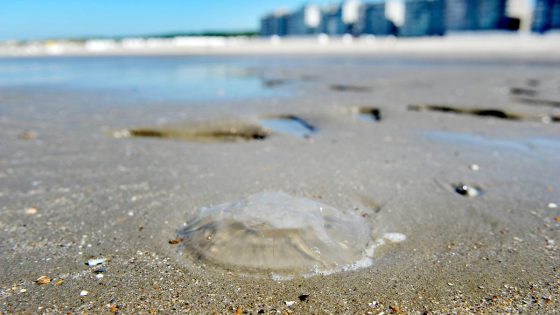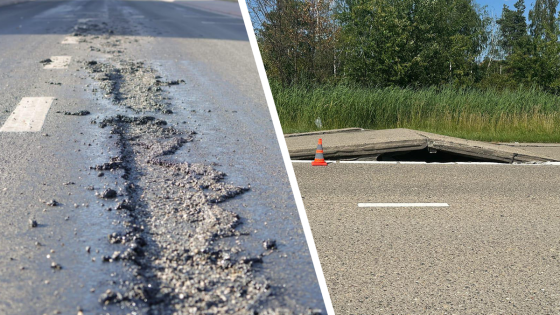Jellyfish stings are a common concern along the Belgian coast, especially as sightings in the North Sea increase. On 2025-08-21 06:08:00, experts from the Flemish Institute for the Sea (VLIZ) confirmed the presence of species like the moon jellyfish, compass jellyfish, and the Japanese sea nettle. While none of these jellyfish are truly dangerous, their stings can cause uncomfortable irritation for swimmers.
- Kwallen in Noordzee steken en irriteren huid
- Plassen op beet neutraliseert netelcellen niet
- Spoel beet met zeewater en heet water
- Verwijder netelcellen voorzichtig met pincet of handschoenen
- Vermijd azijn, alcohol en zand op beet
- Raadpleeg arts bij allergische reactie snel
Many beachgoers wonder if urinating on a jellyfish sting can ease the pain. This popular belief often circulates during summer months when jellyfish encounters rise. But does this home remedy really help, or is it just a myth? Understanding the right first aid steps can make all the difference after a sting.
Before you try any quick fixes, it’s essential to know what actually works to reduce pain and prevent further irritation. So, what should you do if you get stung by a jellyfish on Belgium’s beaches? Here’s the fast answer.
Is urinating on a jellyfish sting a helpful remedy? Experts from Natuurpunt and VLIZ say no. The urine is neither acidic nor warm enough to deactivate the jellyfish’s nematocysts and may worsen the pain. Instead, proper first aid includes:
- Rinsing the sting immediately with seawater, not fresh water
- Applying hot water (around 45°C) to break down the venom
- Carefully removing any remaining stinging cells with a glove or tweezers
- Avoiding vinegar, alcohol, or sand, which can aggravate the injury
As jellyfish become more common in Belgian waters, knowing the correct response to stings is vital. Stay alert, follow recommended first aid, and consult medical professionals if allergic reactions occur. Protect yourself and others by sharing accurate information this summer.






























